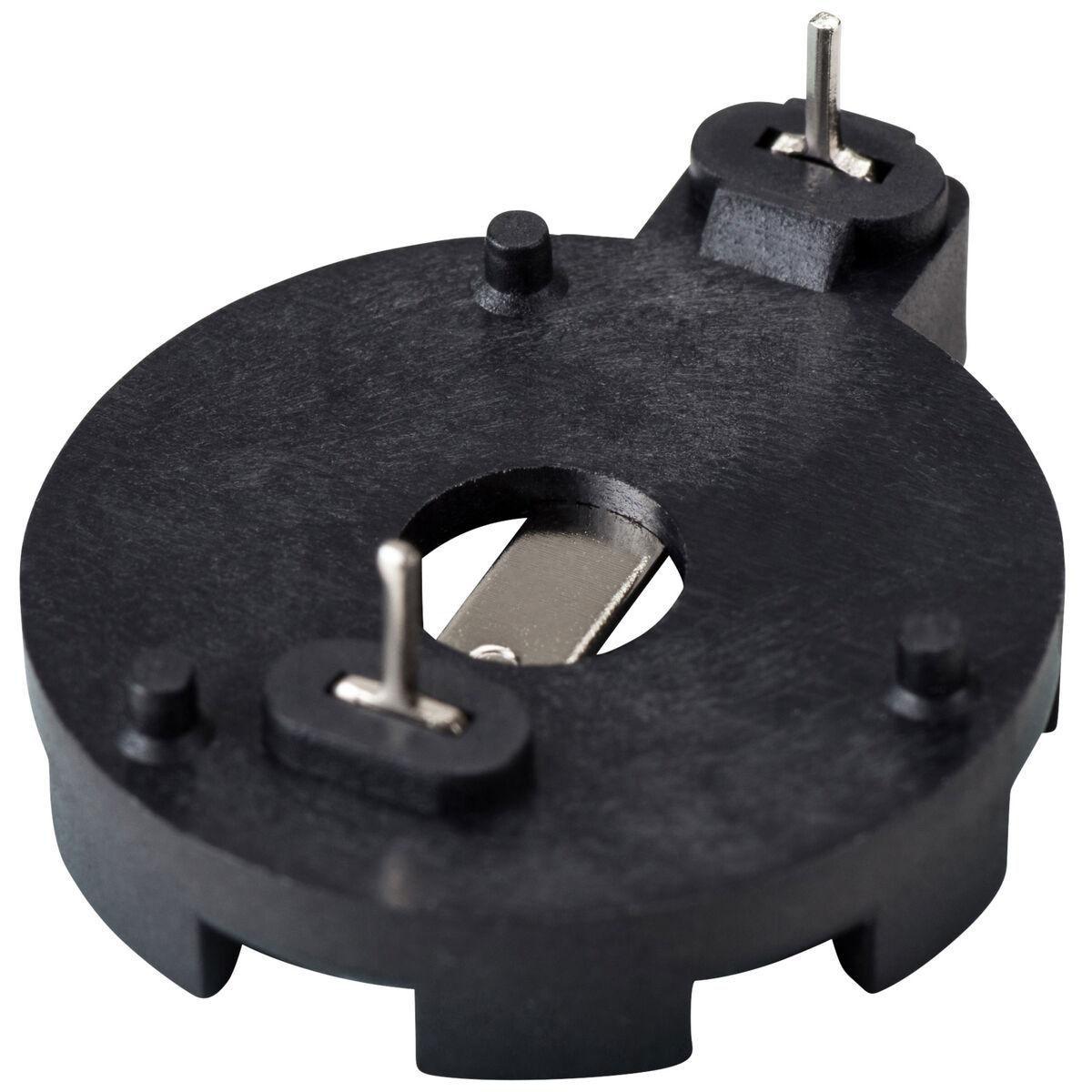Title sort of says it all.
I just have to connect some long-ish leads to a few battery posts (stubs, really) to a PCB.
I’m really tired of soldering.
Why not use an aluminum, say, conductive tape, with double-sided conductivity, to create the “join,” slip a heat shrink tube (2:1) over the connection, and call it a day?
This is for installing a CR2032 battery with a case, with the longer leads allowing me to mount the battery holder someplace convenient, away from the PCB.
If this were just for me, I wouldn’t sweat it so much, but the device is to be shipped to a buyer across the country, so I want durability as wlell as fast, fast, fast quality joint.
This should be just fine, especially with shrink tube applied to provide extra mechanical stability.
I know I should have more confidence in my ability to create a simple solder joint, but, well, I just don’t, especially when it’s somebody else’s money and hopes and dreams on the line.
Yes, for a vertical joint, I could use all kinds of temporary fasteners to get the joint perfect…anything from alligator clips to a dab of hot glue, to even some cyanoacrylate glue about the insulated portion of the wire, but I’m at my wits end spending sleepless nights and just want this piece of equipment to survive cross-country shipment and for me to spend as little time soldering as possible, which I absolutely despise and am just not that good at.
If it were for my own use, yeah, I’d just slap it together with solder, but I really want this to be both robust and as fast as possible, since this poor woman who’s waiting for the product has been waiting for a week for me to prepare for shipment.
